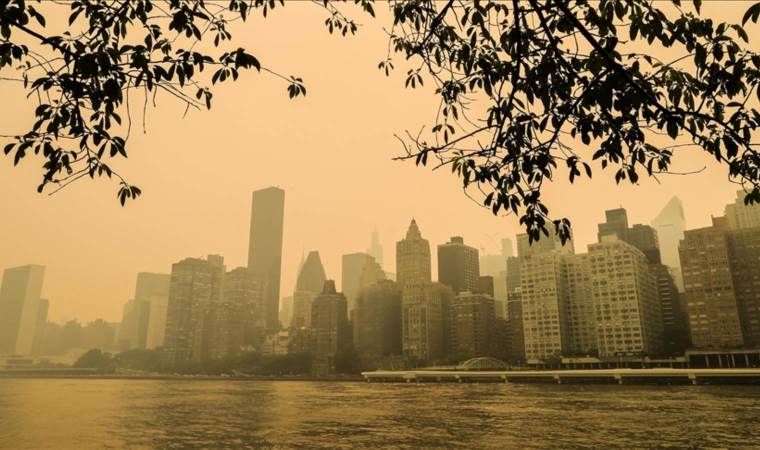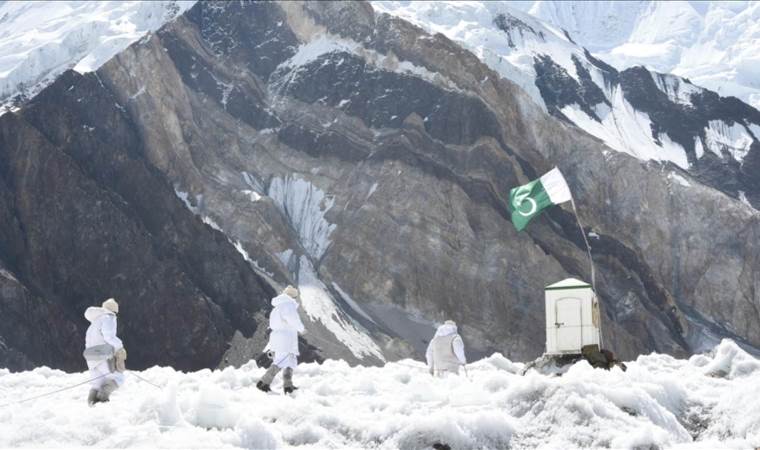Tenerife residents returning home
Authorities announced on Wednesday that over 8,000 evacuees, who were displaced due to a wildfire wreaking havoc on the Spanish island of Tenerife for more than a week, have been permitted to return to their homes, following successful containment efforts.

The wildfire, which ignited on August 15th, has thus far engulfed nearly 15,000 hectares of woodland within the national park encompassing Mount Teide, Spain's highest peak.
Approximately 3,000 residents remain displaced from their homes.
The wildfire is predominantly under control, with the exception of an area in Guimar. However, there remain numerous hot spots that could reignite, especially during the hottest parts of the day, potentially breaching the containment line once again, according to authorities.
A fleet of twenty aircraft will continue their mission to suppress the blaze, which now spans a perimeter of over 80 km (50 miles).
Firefighters successfully safeguarded the Teide Observatory, stated Rafel Rebolo, Director of the Canary Islands Astrophysics Institute, in a conversation with Reuters.
"Over a period of 20 hours, they heroically battled the encroaching fire within the laboratory. I am pleased to report that our infrastructure sustained minimal damage," Rebolo asserted.
Across Europe, soaring temperatures have precipitated challenging circumstances. In Greece, Italy, and Portugal, firefighters grappled with blazes amidst the region's sweltering, arid, and gusty conditions, conditions that scientists have associated with climate change.
Up to this point in the year, wildfires have consumed 65,127 hectares in Spain, aligning with the average figures from the past decade. This statistic, however, is notably below the 228,863 hectares consumed during the equivalent period in 2022, which stands as the most severe wildfire year within the last ten years, as reported by official data.
Most Read News
-
 Recent Russian strikes on Kyiv were 'not necessary,' say
Recent Russian strikes on Kyiv were 'not necessary,' say
-
 Germany offers Syrians up to $4,555 to return home
Germany offers Syrians up to $4,555 to return home
-
 Despite stated ban, Spain continues to buy arms from Isr
Despite stated ban, Spain continues to buy arms from Isr
-
 China denies having talks with US on tariffs
China denies having talks with US on tariffs
-
 60 militants from paramilitary RSF killed in North Darfu
60 militants from paramilitary RSF killed in North Darfu
-
 Nearly half of Americans now live with dangerous air qua
Nearly half of Americans now live with dangerous air qua
-
 Zelenskyy partially cancels South Africa visit in wake o
Zelenskyy partially cancels South Africa visit in wake o
-
 Britain lifts sanctions against Syrian defense, interior
Britain lifts sanctions against Syrian defense, interior
-
 Pakistan says any Indian attempt to divert, stop flow of
Pakistan says any Indian attempt to divert, stop flow of
-
 Turkic world will continue to stand by Turkish Cypriots,
Turkic world will continue to stand by Turkish Cypriots,










